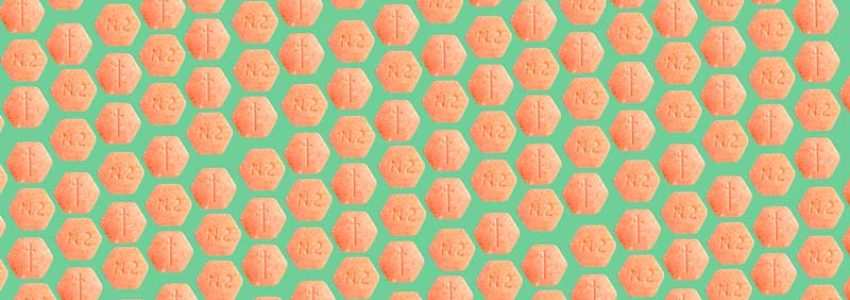In the wake of the opioid crisis, various treatment modalities have emerged, but questions remain, particularly around certain medications used in the recovery process. A focal point of discussion is Suboxone, a drug often employed during opioid detox and throughout the treatment period. The essential inquiry circulating is, Is Suboxone addictive?
What is Suboxone?
Suboxone represents a breakthrough in opioid addiction treatment, known primarily for its use in medication-assisted treatment (MAT). It’s a combination of buprenorphine, a partial opioid agonist, and naloxone, an opioid antagonist. This formulation works to alleviate the harrowing symptoms of opioid withdrawal, reduce cravings, and ultimately, assist individuals in overcoming the stronghold of addiction.
Given the current opioid epidemic, with 2.1 million Americans having an opioid use disorder as per the National Survey on Drug Use and Health, the need for effective solutions like Suboxone is paramount.
Suboxone Side Effects
Despite its benefits, patients on Suboxone therapy may encounter several side effects. These include:
- Nausea
- Vomiting
- Drug dependency
- Respiratory depression (in the case of misuse)
- Headaches
- Mood swings
- Insomnia
These side effects require careful management and highlight the need for a supervised treatment protocol, ensuring Suboxone’s benefits in combating opioid addiction are not overshadowed by its adverse reactions.
Suboxone vs. Methadone: Why Suboxone is a Better Option
In the landscape of opioid treatment, methadone has been a long-standing player. However, when considering Suboxone vs. methadone, several factors highlight Suboxone as the preferable option. Unlike methadone, a full opioid agonist, Suboxone’s partial agonist nature makes it less likely to produce euphoric effects, decreasing its abuse potential. Moreover, Suboxone incorporates naloxone to counteract opioid overdose risks, a safety feature methadone lacks.
Suboxone’s administration within MAT programs also has more flexible regulations compared to methadone, which requires daily clinic visits. Suboxone can be prescribed via a doctor’s office, allowing individuals to maintain their treatment regimen with greater personal freedom and privacy, contributing to an overall more sustainable and dignified recovery journey.
How long does buprenorphine stay in your system?
Generally, buprenorphine has a half-life of approximately 24 to 42 hours. The half-life of a drug is the time it takes for half of the drug to be eliminated from the body. It usually takes about five to six half-lives for a drug to be completely eliminated from your system. This means that buprenorphine can stay in your system for approximately 5 to 10 days after the last dose. However, this is a rough estimate and can vary widely between individuals.
Does it show up on the drug test?
Buprenorphine can be detected in various drug tests for different durations.
It may be detectable in urine for up to 7 days, in blood for up to 2 days, and in hair for up to 90 days, though these durations can vary.
Suboxone Addiction Help
Despite its role in mitigating opioid withdrawal, the reality is that Suboxone itself can sometimes lead to dependency, necessitating a comprehensive approach to Suboxone addiction. Understanding this risk underscores the importance of seeking professional guidance if you or a loved one is struggling with Suboxone use.
- Professional Assessment: The first step towards recovery is getting a thorough evaluation by a medical professional or addiction specialist. They can formulate a treatment plan based on the individual’s specific needs, considering their health status, the severity of the addiction, and any underlying mental health conditions.
- Medically Supervised Detox: Detoxification from Suboxone should never be attempted alone. Medical detox ensures the individual’s safety, where healthcare professionals can monitor symptoms and administer medication to alleviate withdrawal effects.
- Rehabilitation Programs: Post-detox, individuals are encouraged to enter a rehabilitation program. This can be either inpatient or outpatient and is where the work of building a sober life begins. Therapy, counseling, and support groups within these programs offer the tools and resources to understand the root causes of addiction, change behavior patterns, and maintain long-term sobriety.
- Aftercare Support: Recovery is an ongoing process. Once the initial stages of treatment are complete, continued support is crucial to prevent relapse. Aftercare can involve therapy, support meetings, ongoing outpatient programs, and sober living arrangements.
- Family and Community Support: Healing is not just an individual journey; it involves the person’s support system as well. Family counseling and support groups for friends and family can provide the necessary understanding and tools to build a supportive environment for the individual’s recovery journey.
Opioids: Addiction or Physical Dependency?
[ultimate-faqs post_count=”20″ include_category=”suboxone” display_all_answers=”yes” orderby=”name” order=”ASC” no_comments=”yes”]








